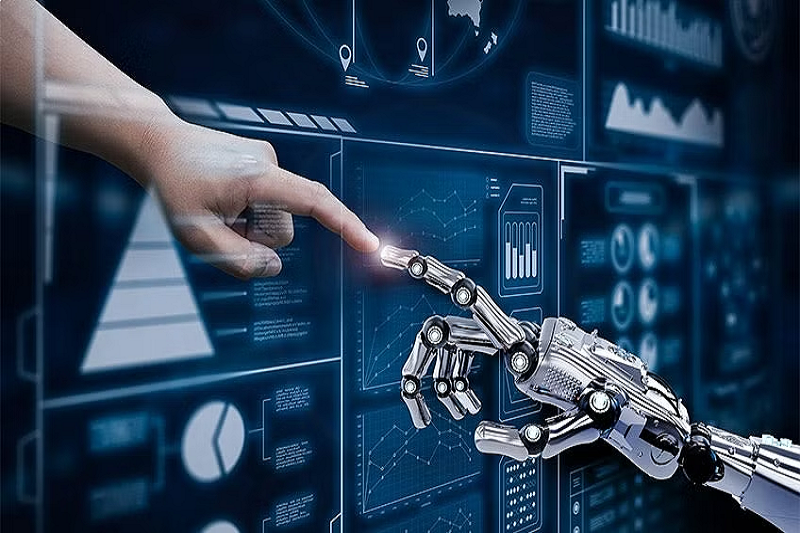Machine Learning Became The Owner Of The Operating System!
Among The Influx Of Good And Bad News We Hear These Days, As Well As The News Of The Technology World, An Interesting Thing Happened That Drew The Attention Of Experts.
The internet search giant is building a new operating system called KataOS for machine learning-based applications.
This news shows that Google plans to develop a new operating system for applications that use machine learning algorithms.
This platform is being developed to improve security and privacy and is supposed to work with open-source technologies.
Let’s look at the history of Google’s activities in this field. We come to the Stadia project, which shows that Google is always focused on new experimental technologies, even if there is a possibility of failure.
However, the company’s latest project, KataOS, seems to be an open-source and highly secure operating system that will interest artificial intelligence and machine learning experts.
What is KataOS?
The project’s core is Sparrow, which combines the new operating system with a secure hardware platform to provide the infrastructure for applications running machine learning algorithms. Google says about the new operating system’s development: ” KataOS is wholly written in the Rust programming language. Rust is a security programming language that significantly improves the security of software.
Of course, Google is not alone in this field and has an important strategic partner. In cooperation with the Antmicro software company, Google uses the seL4 software module as the KataOS microkernel. To be more precise, it uses sel4-sys technology to build the kernel.
It is not harmful to know that sel4-sys is developed in C language, and, naturally, the new operating system of Google will run very fast. The hardware platform used in the initial version of KataOS will run the ARM64 instruction set, while the final project will be based on the RISC-V architecture.
It seems that Google’s goal in developing KataOS is to improve the performance of embedded applications in apps and platforms so that IoT devices that use machine learning algorithms can process information locally safely.
Google has described the new operating system as a simple solution for building secure systems that prevent unauthorized and destructive access to personal data based on mathematical calculations.
Google has placed the codes of this project in an open-source form on GitHub and emphasizes that the KataOS platform can powerfully protect users’ privacy thanks to the core’s specific components and hardware protection. To be more precise, it is almost impossible for high-level programs to penetrate the heart of this operating system.
At the time of this writing, the Sparrow project’s official public repository hosts most of the original KataOS code. Still, it is impossible to run third-party applications built outside the CAmkES seL4 framework.
KataOS should be described as Google’s new investment in operating systems. Considering this company’s history in Fuchsia development created experimentally and used in products such as the intelligent Hub Nest display, KataOS seems well-received by intelligence experts.
Artificial intelligence and machine learning.
Regarding KataOS, we should not neglect an important issue; The operating system that Google is working on will not be updated continuously, and maybe updates will be released annually.
Currently, many intelligent devices collect and process information from the environment, and according to security experts, these devices are exposed to various types of cyber attacks.
Therefore, there is a need for a simple solution to enable embedded systems to process information securely.
With the increasing penetration of technology in daily life, the number of intelligent devices that collect and process information from the environment is increasing.
With this description, it seems that Google’s effort to develop an operating system that can access information and process securely is necessary. According to Google, data collected by integrated devices may be vulnerable to external attacks and manipulation.
In other words, images, audio recordings, videos, and data can be stolen and misused by malware. For this reason, Google has started working on the open-source operating system kataOS.
Due to the open-source code, it is possible to make changes in this operating system based on the license that Google publishes for it and use it natively for internal products.
All in all, this news shows that it is time to say goodbye to some traditional products. So that artificial learning intelligence and its subsets have become one of society’s most essential needs, and we should not simply pass it by.

